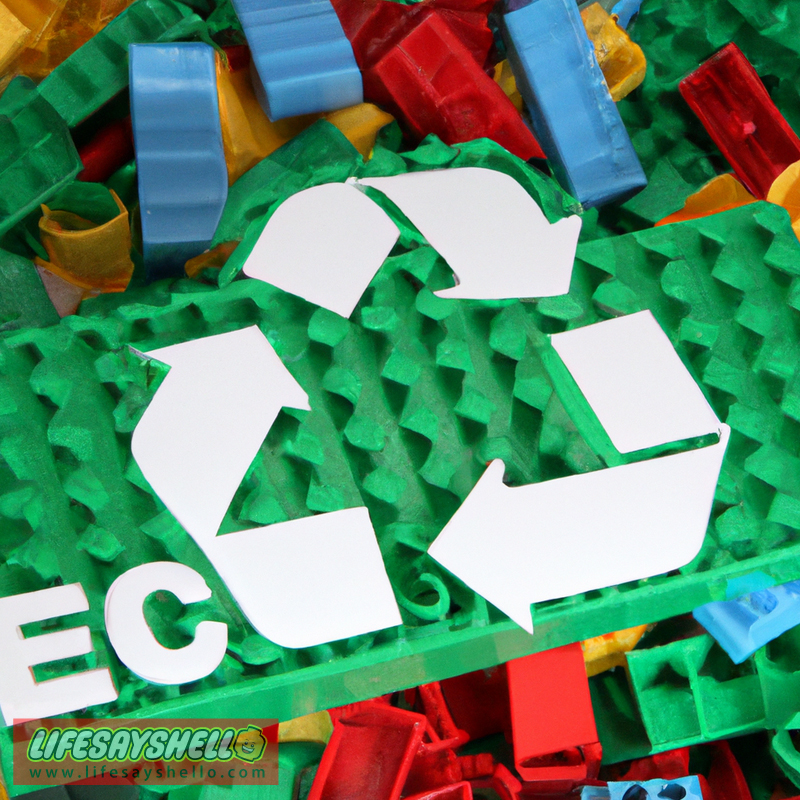The Dark Side of Farmed Fish: 5 Reasons Why It's Bad for You and the Planet

Farmed fish seems like a convenient and healthy protein option, but there's more to the story. As the popularity of farmed fish continues to grow, consumers need to understand the potential downsides. In this article, we dive into the top 5 reasons why farmed fish may not be as good for you or the environment as you think. Let's take a deeper look at the issues around disease, contaminants, environmental impact, nutrition, and animal welfare when it comes to fish farming.
Fish farming, also known as aquaculture, is the practice of raising fish in tanks, ponds or other enclosures for human consumption. As wild fish populations decline, aquaculture has emerged as a way to meet the growing demand for seafood. About half of the fish eaten around the world now comes from fish farms.
At first glance, farmed fish seems like a great alternative - it provides a consistent, inexpensive source of protein that takes pressure off of wild fish stocks. However, when you peek below the surface, several concerning issues come into focus surrounding farmed fish. Keep reading to understand the top 5 reasons why farmed fish may not live up to its healthy image.
1. Disease and Parasites are Rampant
One of the biggest problems with fish farms is that the crowded conditions lead to the rapid spread of disease and parasites. In the wild, fish have plenty of space to roam which limits transmission. But take a walk past a fish farm, and you'll see pens crammed with thousands of fish barely able to move. These high-density environments are a breeding ground for bacteria, viruses and parasites.
A virus called infectious salmon anemia (ISA) is a major problem in farmed salmon. Outbreaks can kill up to 90% of an infected farm's population1. Salmon pens also contend with fungal infections, which thrive in cold and crowded conditions. Farms must use strong chemicals and antibiotics to control the rampant spread of disease.
In one study, over 70% of farmed salmon were contaminated with parasites2. One type called sea lice eats away at the skin of fish. Sea lice bloom in the pens and can spread to wild salmon swimming by. The crowding also causes frequent outbreaks of bacterial kidney disease. To control it, most large salmon farms administer antibiotics to their fish on a regular basis.
The heavy use of antibiotics is concerning given the rise of drug-resistant superbugs. The crowded, confined conditions that are the norm at fish farms create a hotbed of disease. Consumers eating farmed fish are also ingesting all of those contaminants. No wonder fish farms account for 50% of all antibiotic use in some areas3.
2. Higher Levels of Contaminants
Fish farms contend with high levels of contaminants, such as PCBs, dioxins, DDT and other pesticides. The contaminated water and feed used at fish farms causes farm-raised fish to be more contaminated than their wild counterparts.
Some of the biggest offenders are industrial chemicals like TPA and PVC. One study tested over 2 metric tons of farmed salmon from around the world. The researchers found that the salmon contained 10 times the amount of cancer-linked PCBs compared to wild salmon4.
Farmed salmon in particular has come under fire for high contaminant levels. One study found PCB levels so high that the authors recommended eating no more than half as much farm-raised salmon as wild5. The source of the PCBs was traced back to the feed used at salmon farms.
Fish farms also use pesticides like organophosphates to control outbreaks of sea lice. These neurotoxins then accumulate in the bodies of the fish. The pesticides used are so toxic they have been banned for use in agriculture. Researchers have detected dangerous levels of these chemicals in both the farmed fish and the marine life surrounding fish farms.
3. Negative Impacts on the Environment
Fish farming operations can pollute the oceans and spread disease to wild fish stocks. Most fish farms use an open net pen system moored offshore. These cages allow a continuous flow of water and waste in and out. The closely packed pens leach chemicals, excess feed and fish waste directly into the ocean.
Fish waste and uneaten food pellets create nutrient overload in a concentrated area. The influx of nutrients causes algal blooms, which reduce oxygen levels and create dead zones around fish farms. Antibiotics and disinfectants from the pens also pollute the water and disrupt the marine ecosystem. Overall, the net pens enable fish farms to dump all manner of pollutants into the ocean.
Another problem is when farmed fish escape from sea pens. Millions of farmed salmon escape into the wild each year6. These non-native fish breed with wild populations and spread disease. A type of sea lice found on farmed salmon has already decimated wild salmon populations in Norway and Scotland7.
Fish farming operations have also destroyed critical coastal mangrove forests. Shrimp farms in particular have cleared over 1.2 million hectares of mangroves across the globe8. Mangrove forests act as buffers against storms, home to diverse wildlife, and spawning grounds for many fish species. Their destruction damages fragile coastal ecosystems.
The environmental impacts of fish farming are substantial. From the pens that leach pollution into the ocean to the destruction of vital coastal habitats, fish farms disrupt marine ecosystems. Frequent escapes of farmed fish also threaten wild fish populations. There are better solutions, like using closed containment systems on land, that prevent farmed fish from damaging the environment.
4. Nutrition Depends on the Feed
One big factor determining the nutrition of farmed fish is what the fish eat. Artificial fish feeds have become more sustainable by replacing large amounts of fishmeal and fish oil with plant proteins and oils. However, some nutritionists believe that the balance of nutrients in farm-raised fish has suffered as a result9.
Fish raised in captivity lack the diverse diet of wild fish. When given the choice, salmon eat a varied mix of krill, crab, shrimp and other prey. Farms feed them a simplified fishmeal pellets made from ground up fish, soybeans, grains and vitamin supplements. The feed is fortified with omega-3s, but the balance of fatty acids differs from a natural diet10.
The altered diet of farmed fish affects their omega-3 levels. Wild salmon get their omega-3s from eating other fish and algae. Farmed salmon have 50% less omega-3s than wild salmon, yet higher levels of omega-611. Less omega-3s means farmed salmon have a less favorable ratio of these essential fatty acids.
Researchers have also found that farm-raised salmon have slightly higher fat content and lower protein compared to wild salmon12. The difference in nutritional value depends on the diet and habitat of the fish. Given the choice, wild fish come out ahead in nutrition.
5. Rampant Animal Welfare Issues
Finally, humane treatment of animals is a major blind spot when it comes to fish farming. Like factory farm animals, farmed fish suffer from intensive confinement and poor conditions.
Life in aquaculture facilities is stressful for fish. Salmon normally swim up to 40 miles per day in the wild. When crammed in a crowded pen, diseases spread quickly and fish suffer from infections and sea lice outbreaks. Unnaturally high densities also cause salmon to be more aggressive and cannibalistic.
To control parasites and disease, some fish farms still use harmful chemicals. Salmon pens are doused with organophosphate pesticides to kill sea lice. The pens may also be treated with hydrogen peroxide and antibiotics13. Chemical use has gone down in recent years, but animal welfare issues remain an ongoing concern.
Fish farms tend to ignore the complex needs of marine life. Confining them in high densities causes immense animal suffering. There is an ethical responsibility to consider their welfare that the aquaculture industry has yet to embrace.
Conclusion: Consider the Risks Before Buying Farmed Fish
The low price tag on farmed fish may be tempting, but consumers should look deeper before adding it to their shopping cart. Fish farms contribute to environmental pollution, the spread of disease, and poor nutrition and animal welfare. There are good reasons why farmed fish may not be the healthy alternative that it seems.
While fish farming helps provide affordable access to protein, it comes with many hidden costs. From the antibiotics and contaminants found in farmed fish to the environmental impacts of aquaculture, there are healthier and more ethical options. Consumers should consider the risks and make informed choices about the seafood they buy. The next time you’re shopping for salmon, trout or shrimp, the sustainable choice may not come from a farm.




Comments